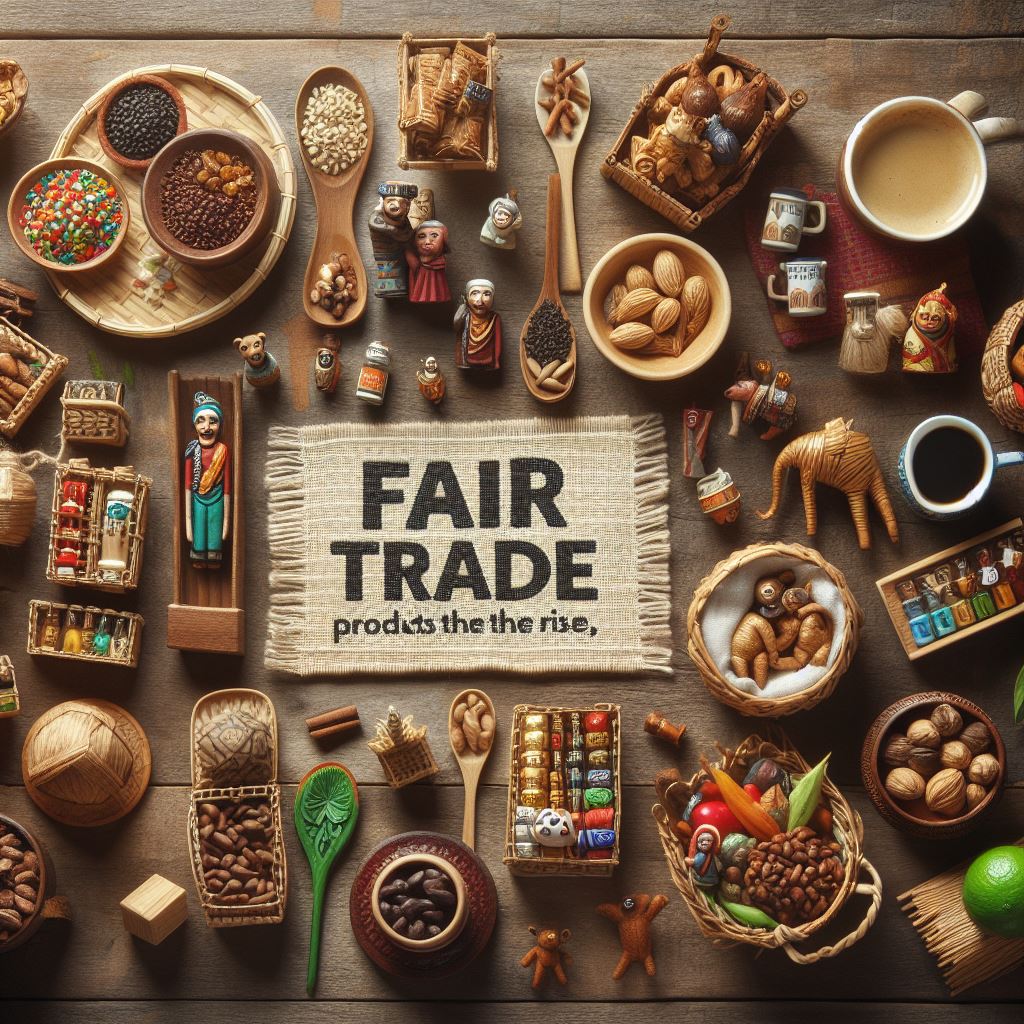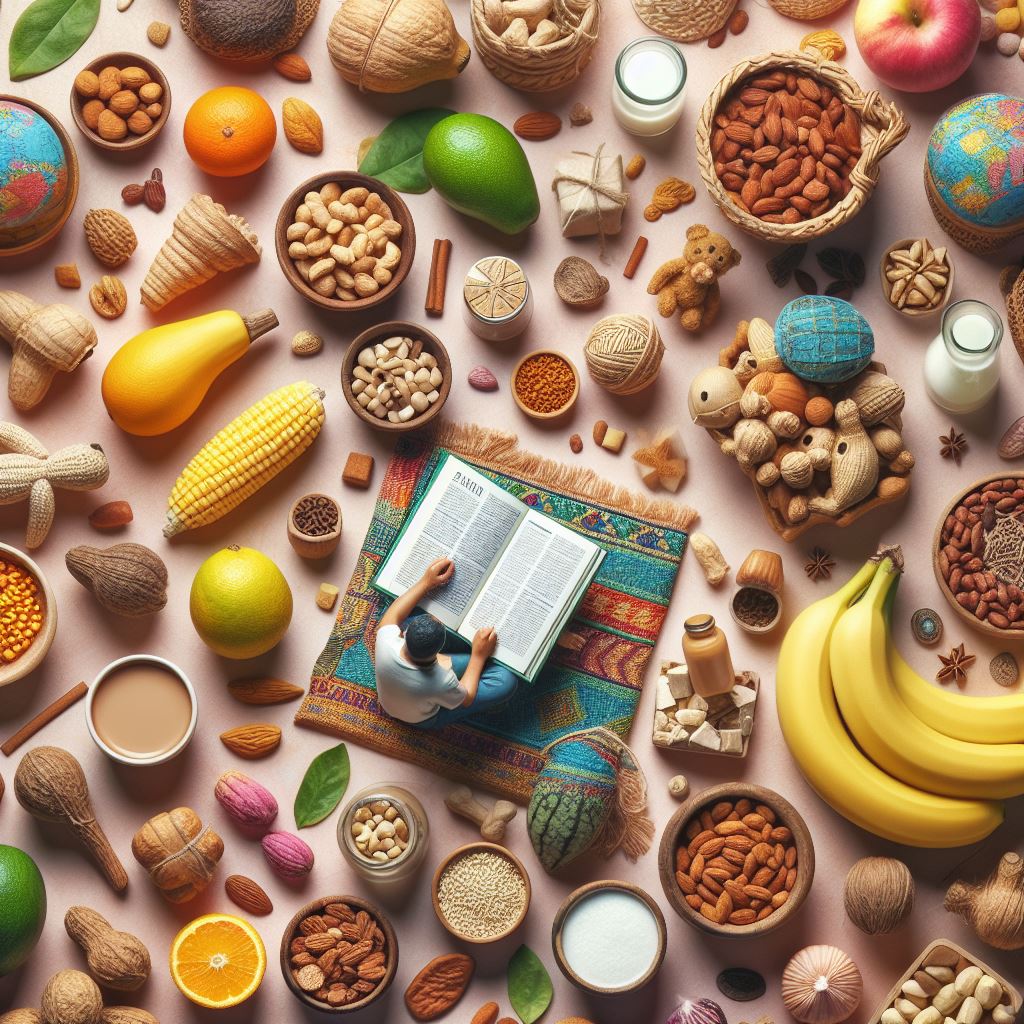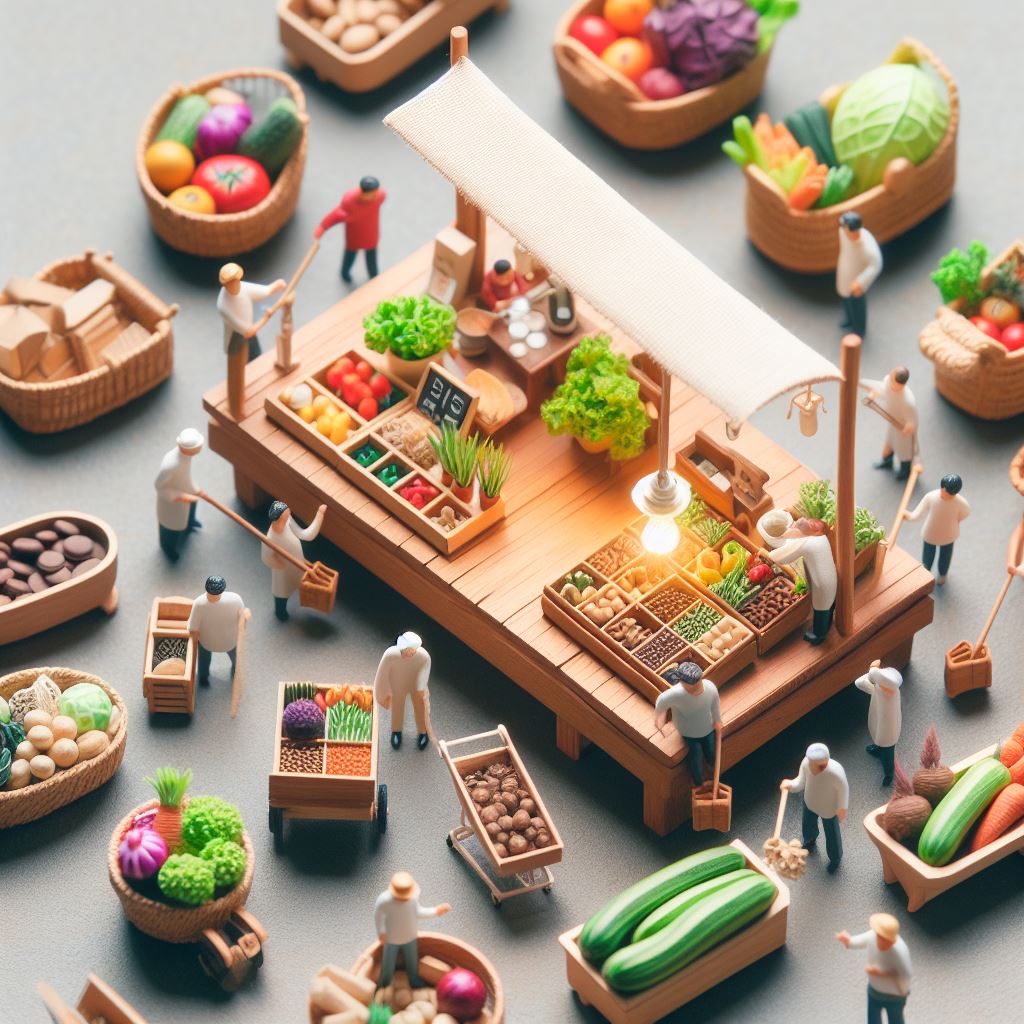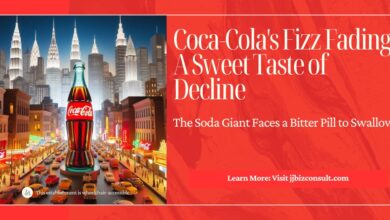Fair Trade Products on the Rise: Small But Growing Market Makes a Big Impact

Fair trade products may occupy a niche within the vast food and FMCG (Fast-Moving Consumer Goods) markets, but their impact is undeniable. While they represent a small portion of overall sales, fair trade has established itself in key segments like flowers, bananas, chocolate, and coffee, particularly in Europe and the US. This is evident in the growing recognition of fair trade certification labels among consumers.
Fair Trade Sales Show Positive Growth:
Data from the World Fair Trade Organization paints a promising picture. In 2022 alone, global sales of fair trade bananas surpassed 730,000 metric tons. Cocoa beans and coffee beans followed closely behind, with sales exceeding 232,000 tons and 231,000 tons respectively. Interestingly, fair trade flowers hold the top spot by unit volume. Over 952 million units were sold in 2022, highlighting the significant consumer demand for ethically sourced flowers.
Beyond the Numbers: Fair Trade’s Breadth and Impact
These figures represent just a fraction of the fair trade movement’s reach. According to the World Fair Trade Organization, the products listed above – bananas, cocoa, coffee, flowers, cane sugar, cotton lint, and tea – constitute roughly 90% of all fair-trade certified goods. This diversity demonstrates the movement’s impact across various agricultural sectors.
Leading Fair Trade Products

1. Bananas
Bananas are among the most popular fair trade products. In 2022, over 730,000 metric tons of fair-trade bananas were sold worldwide. These bananas are grown by small-scale farmers who receive fair compensation for their labor. By choosing fair trade bananas, consumers contribute to better living conditions for these farmers and their families.
2. Cocoa Beans
Cocoa beans, the raw material for chocolate, also play a significant role in fair trade. More than 232,000 tons of fair-trade cocoa beans were sold globally in 2022. Fair trade practices ensure that cocoa farmers receive fair prices, which helps combat poverty and child labor in cocoa-producing regions.
3. Coffee Beans
Coffee lovers can make a positive impact by opting for fair trade coffee. Over 231,000 tons of fair-trade coffee beans were sold in 2022. Fair trade certification guarantees that coffee farmers receive fair wages and work in humane conditions. Additionally, it encourages environmentally friendly farming practices.
4. Flowers
Surprisingly, fair-trade flowers are the largest product category in terms of units sold. In 2022, more than 952 million units of fair-trade flowers were purchased. These flowers are grown sustainably, and workers receive fair wages. By choosing fair-trade flowers, consumers support responsible floral production.
5. Other Fair Trade Products
Apart from the aforementioned items, fair trade encompasses a wide range of products, including:
- Sugar: Fair trade sugar ensures that sugar cane farmers are treated fairly and receive fair prices.
- Cotton: Fair trade cotton promotes ethical practices in textile production.
- Tea: Fair trade tea supports tea farmers and their communities.
- Fruit Juices, Herbs, Spices, Honey, Nuts, Oils, Quinoa, Rice, Vegetables, Wine, Gold, Sports Balls, Textiles, and Carbon Composites: These products contribute to sustainable livelihoods and social development.
The Significance of Fair Trade:
The rise of fair trade products signifies a growing consumer consciousness. By choosing fair trade, consumers are actively supporting ethical practices and ensuring better working conditions and fairer prices for farmers and producers in developing countries. This, in turn, contributes to sustainable development and empowers communities.
Looking Ahead: Continued Growth Expected
With increasing consumer awareness and a growing emphasis on ethical sourcing, the fair trade market is expected to continue its upward trajectory. As more consumers seek out products that align with their values, the demand for fair trade certified goods is likely to rise across all categories.
Challenges faced by Producers of Fair Trade Products

Fair trade producers face several challenges as they strive to create a more equitable and sustainable global economy. Let’s explore some of these key issues:
- Price Swings: Producers often grapple with volatile market prices. Fluctuations can impact their income significantly, making it challenging to plan for the future.
- Climate Change: Climate variability affects crop yields and production conditions. Fair trade producers must adapt to changing weather patterns while maintaining sustainable practices.
- Limited Access to Credit: Many small-scale farmers lack access to credit or financial services. Without adequate capital, they struggle to invest in their farms or expand their operations.
- Living Wages and Incomes: Ensuring fair compensation for labor remains a central challenge. Fair trade aims to address this by setting minimum prices and providing a Fairtrade Premium to producers.
- Human Rights and Environmental Due Diligence: Producers must navigate complex supply chains while adhering to human rights standards and environmental regulations.
- Global Cost of Living Crisis: Rising costs of living impact producers’ livelihoods. Fair trade seeks to mitigate these effects by promoting fair wages and sustainable practices.
Despite these challenges, fair trade empowers producers by providing them with tools, resources, and community support. By choosing fair trade products, consumers contribute to positive change and support the well-being of farmers and workers worldwide. 🌱🌍
Fairtrade Premium: How does it work

The Fairtrade Premium is typically paid by the buyer of fair trade products. When a consumer purchases a fair trade item, a portion of the revenue goes toward the Premium. This additional sum of money is then used to empower producers (such as farmers and workers) by supporting community development, education, healthcare, and sustainable farming practices. Fair trade organizations ensure transparency in Premium usage, and producers participate in decisions related to its allocation. By choosing fair trade, consumers directly contribute to positive change and promote a more equitable global trade system. 🌱🌍✨
More about the Fairtrade Premium
The Fairtrade Premium is a crucial component of the fair trade system. It is an additional sum of money paid to producers (such as farmers, workers, and their communities) on top of the agreed-upon fair trade price for their products. Here are the key points about the Fairtrade Premium:
- Purpose and Use:
- The primary purpose of the Fairtrade Premium is to empower producers and enhance their well-being.
- Producers decide collectively how to use the Premium based on their specific needs and priorities.
- Common uses include investing in community infrastructure, education, healthcare, and sustainable farming practices.
- How It Works:
- When a fair trade product is sold, a portion of the revenue goes toward the Fairtrade Premium.
- The Premium is typically paid to a cooperative or association representing the producers.
- It is separate from the price paid for the product itself.
- Examples of Fairtrade Premium Investments:
- Education: Building schools, providing scholarships, and improving educational facilities.
- Healthcare: Establishing clinics, funding medical services, and promoting preventive health measures.
- Infrastructure: Developing roads, water supply systems, and electricity networks.
- Agricultural Improvements: Supporting sustainable farming practices, such as organic certification or soil conservation.
- Social Programs: Initiatives for women’s empowerment, youth development, and community-building.
- Transparency and Accountability:
- Fair trade organizations ensure transparency in Premium usage.
- Regular audits and reporting mechanisms track how the Premium is spent.
- Producers participate in decision-making processes related to its allocation.
- Impact:
- The Fairtrade Premium contributes to poverty reduction, social development, and environmental sustainability.
- It strengthens producer communities and enables them to invest in their own futures.
In summary, the Fairtrade Premium is a powerful tool that bridges the gap between consumers and producers. By choosing fair trade products, consumers directly support these positive initiatives and contribute to a more just and equitable global trade system. 🌱🌍✨
How Can You Get Involved?
Looking to make a difference through your purchasing decisions? Here’s how you can get involved:
- Look for the Fairtrade Mark: Familiarize yourself with the Fairtrade Mark, a globally recognized symbol that certifies fair trade practices. This makes it easier to identify fair trade products while shopping.
- Support Fair Trade Businesses: Seek out local businesses and retailers that actively promote and sell fair trade products.
- Spread the Word: Educate your friends and family about the importance of fair trade and encourage them to join the movement.
By making informed choices and supporting fair trade products, we can collectively contribute to a more equitable and sustainable future for producers and consumers alike.
How to Develop an ESG Strategy
Leather Market & its Future: Cracking Under Pressure or Sustainable Reinvention?





